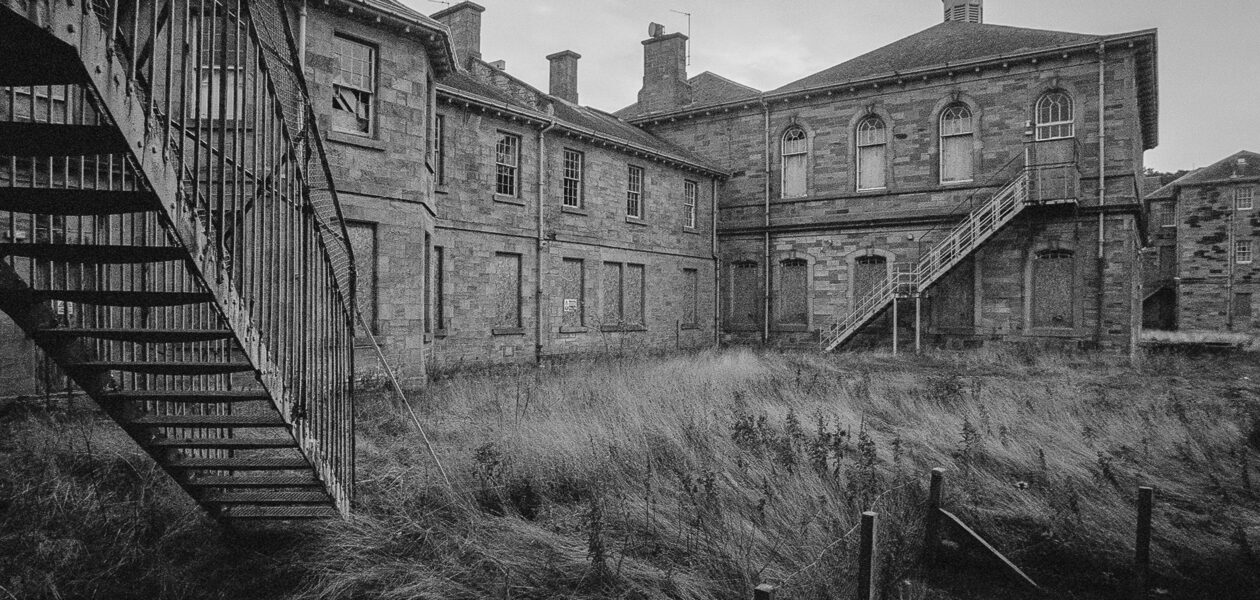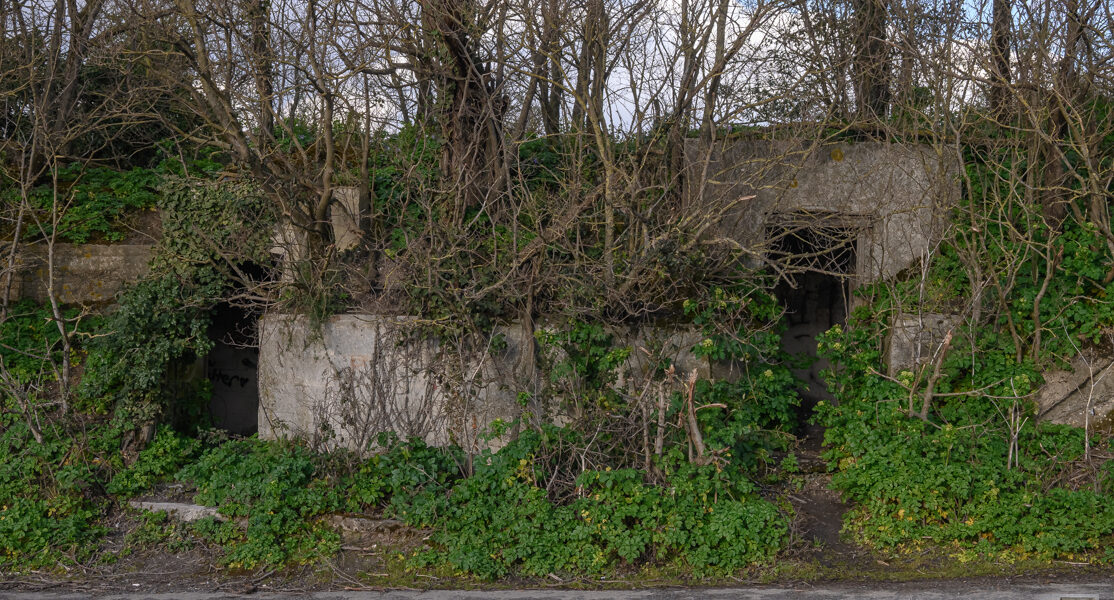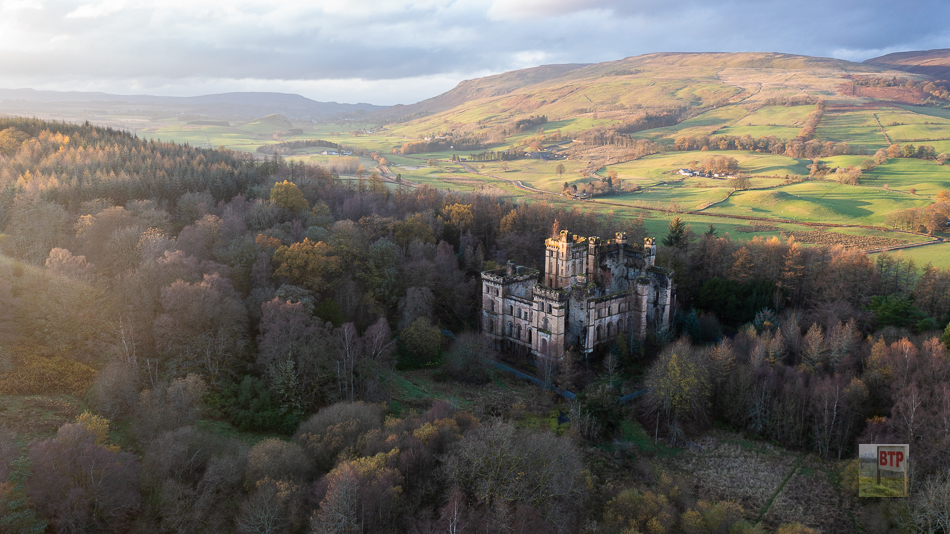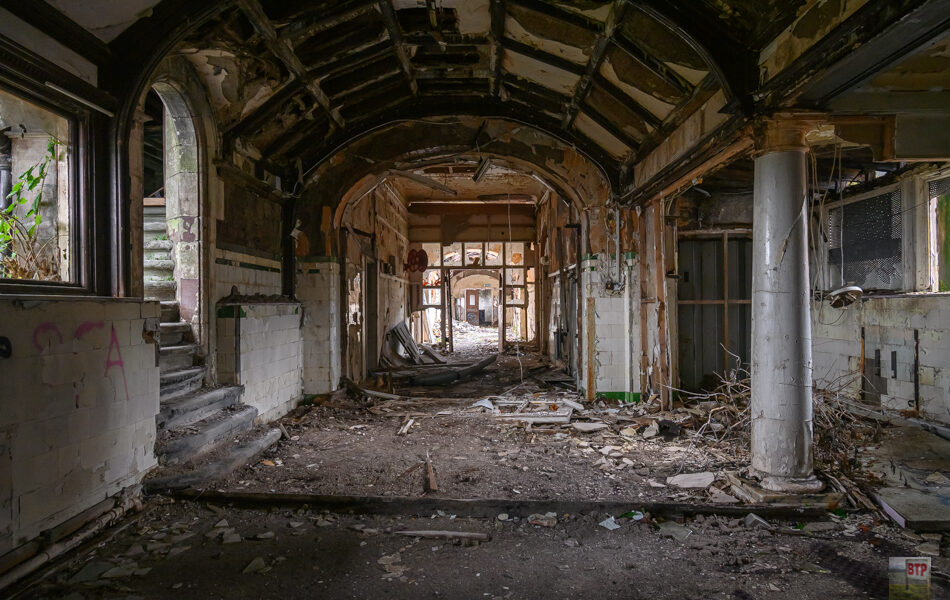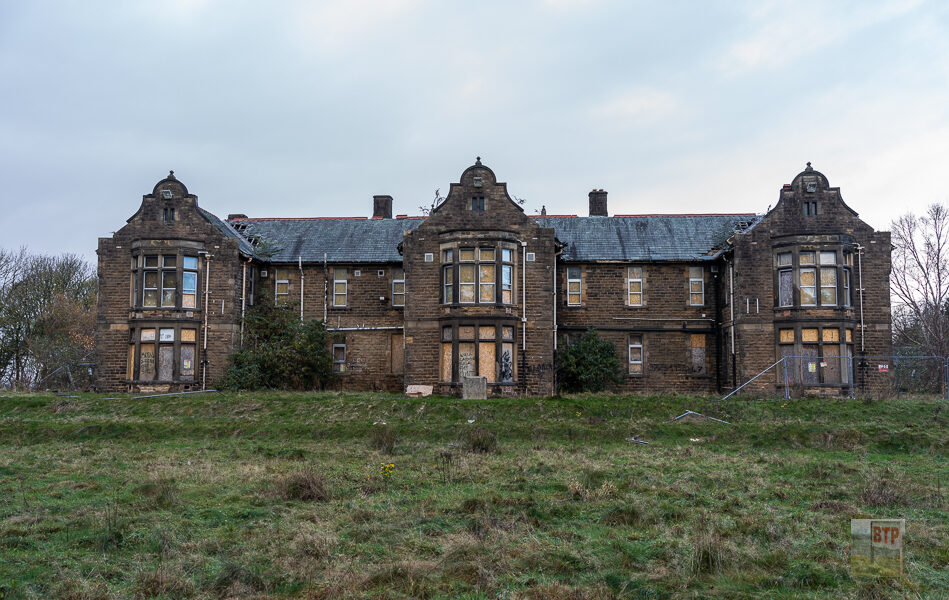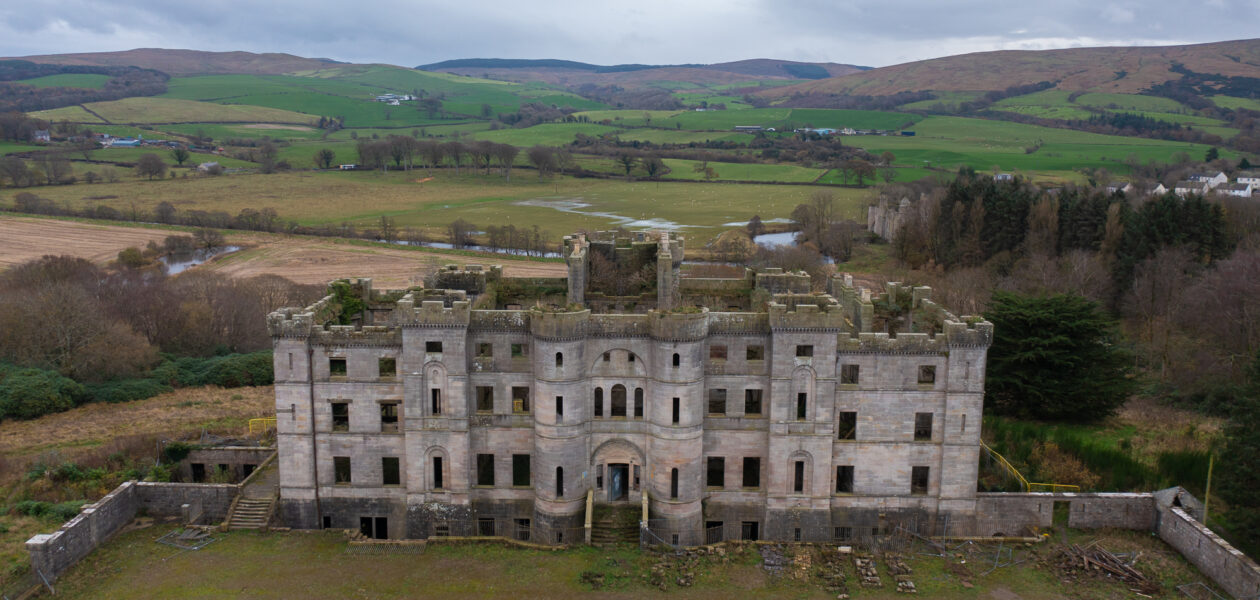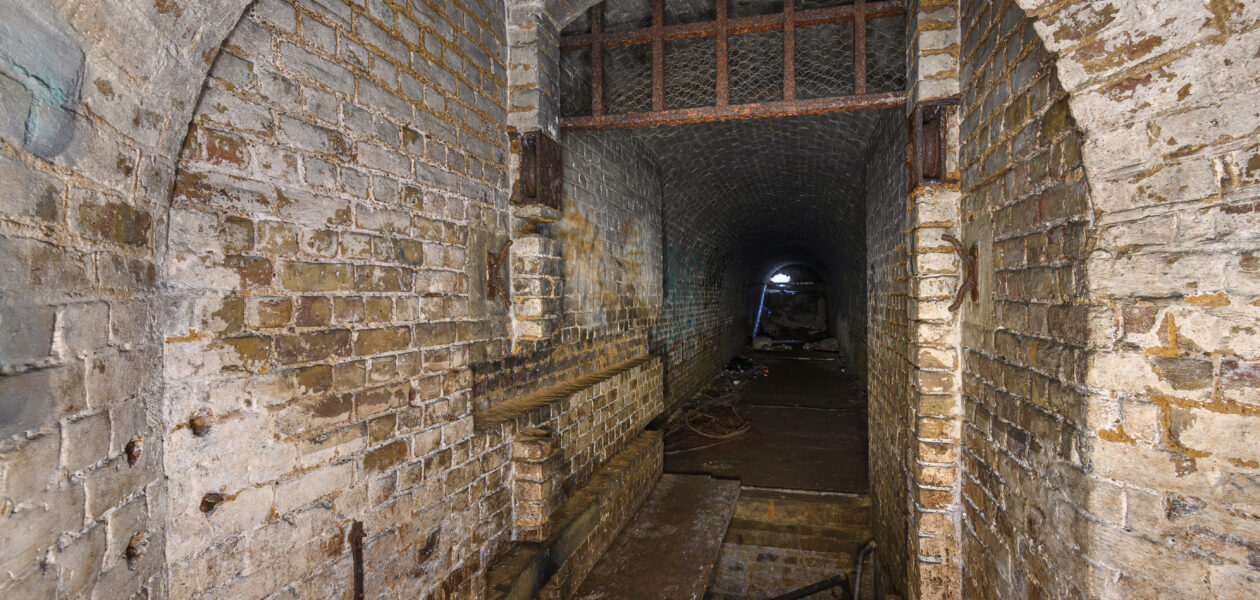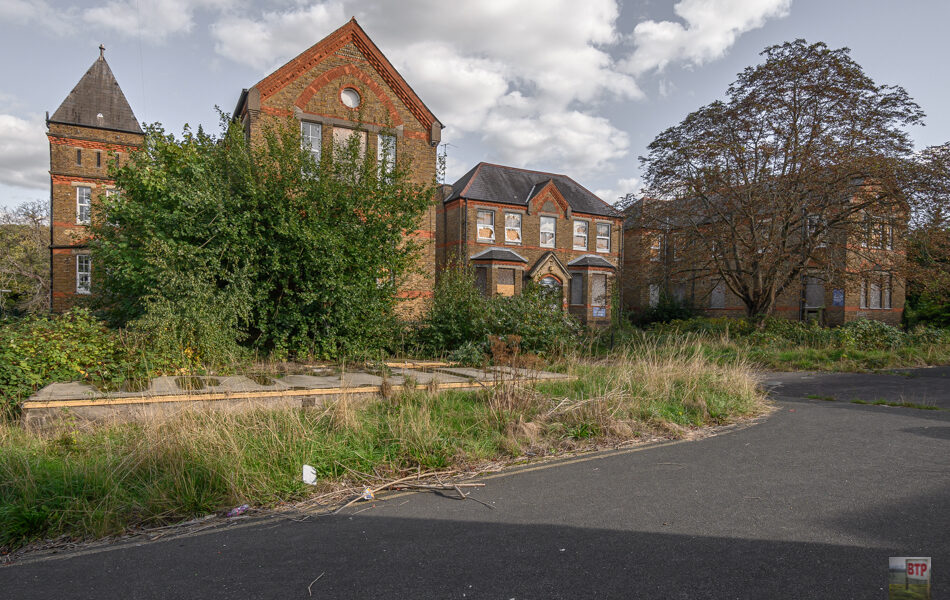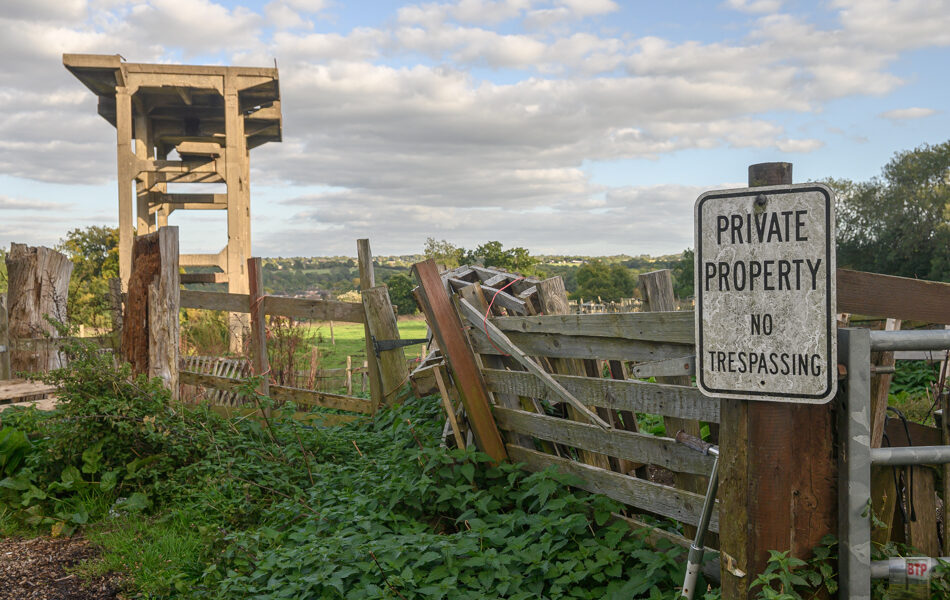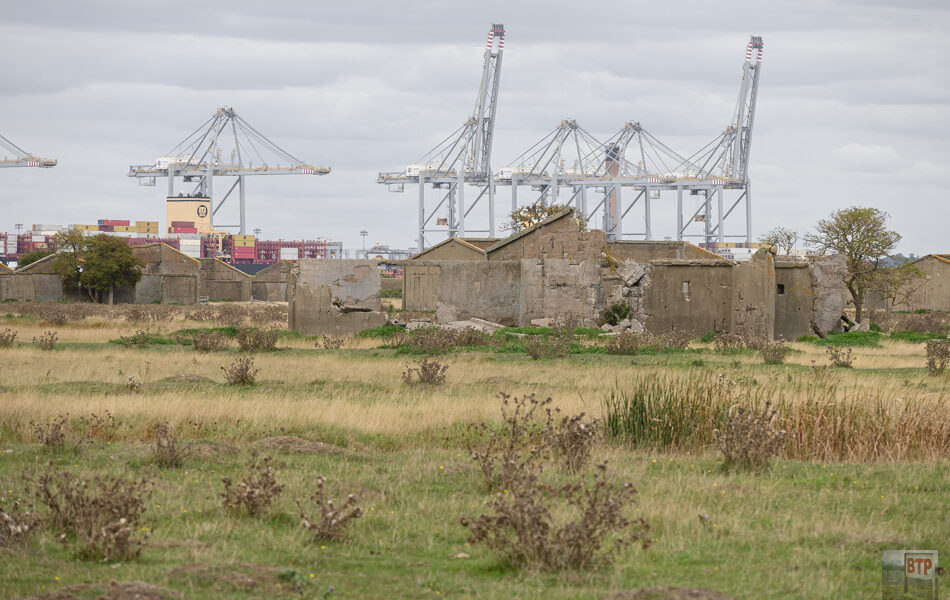Photographing Scotland’s Disused Hospitals With 35mm Film
We recently embarked on a roadtrip across Scotland, focused on abandoned asylums and other hospitals. We photographed a total of eight, six of those being former asylums. The variations and similarities in their architecture was most interesting, with changes to asylum design being apparent. This varied from the streamlined design of the Georgian Royal Murray…
View More
